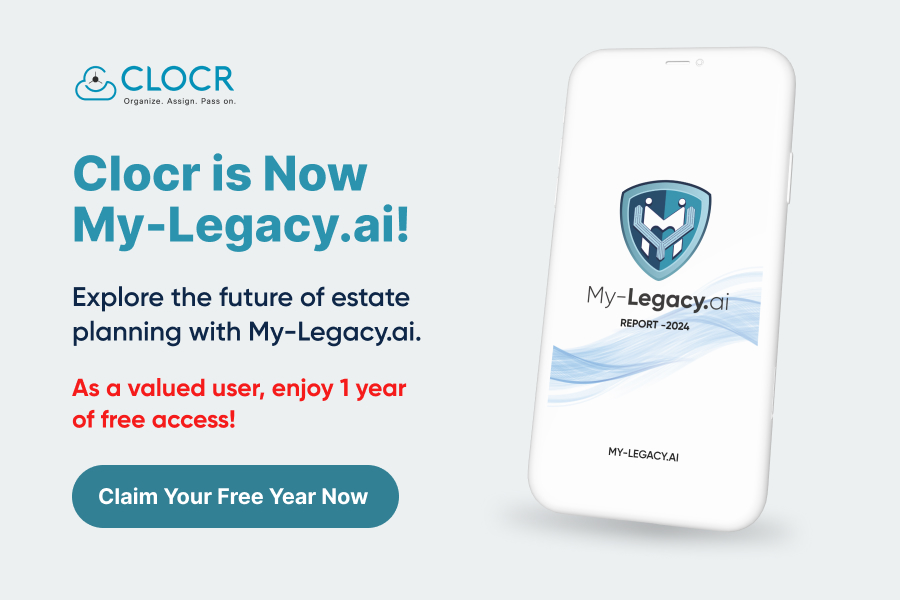Organizing is an important part of anything you do. Having your assets organized not only makes accessing them easier but also improves your efficiency by having them in the right places. So now you know the why, but then how do you organize something intangible like Digital Assets?
Before we get into organizing them, it is pivotal to understand what Digital Assets are. Assets are anything that possesses value. Digital Assets are merely digital valuables.
Why Organize Digital Assets?
We are now living in the information era, and that comes with many of the physical assets of the past being replaced by digital ones. For example, by organizing your Digital Assets appropriately, you can;
- Access, locate, track and update files more conveniently
- Reduce chances of files being misplaced due to carelessness
- Save time and improve efficiency
- Improve security by enabling you to track them easily
Tips To Manage Your Digital Assets
1. Ranking And Listing Them By How Often They’re Used
It’s a cliche to make lists for everything. And it’s a cliche that has been proven to work. Sort your Digital Assets in the order of how often you use them. The more often you use them, the more important they are, and the easier it becomes to access them.
By understanding what type of file each asset is, where they can be accessed from, who requires them, and what purpose they serve, you can drastically cut down on the time you would otherwise spend searching for them. Listing them by their usage also helps get rid of the assets that are no longer in use, freeing up some space.
For example, imagine you’re looking for an image to use for a presentation about your company’s growth. You could find this image easily by using an appropriately labeled folder while organizing your Digital Assets.
2. Making Use Of A Folder Structure
Once you’ve made a list of your Digital Assets based on priority, the next step is to group them into appropriate folders. While you can always search for assets by their names, grouping common Digital Assets together can help with easier access to the files under common groups such as images and videos. Here are some things to remember when creating the folder :
- Name the folders with clear and concise names indicating their content or function to avoid confusion
- Take note of special characters, spaces, or numbers to reduce the difficulty of locating folders.
- Limit the number of main folders to a minimum by using subfolders
3. Labeling Your Assets With Metadata
Labeling your metadata is important, but what exactly is it? As the name implies, metadata is data that provides information about other data. The data here can be anything from videos, images, and audio files, to graphic files and digital documents.
If you’ve ever had a slow internet connection and an image failed to load, then you’ve seen metadata. This is the text describing the image that appears on the screen.
By assigning metadata to your Digital Assets, you can locate them quickly using the keywords you assigned to them. Make sure you include the relevant keywords describing the Digital Assets when you label them with metadata. This makes the process of searching for images and videos easier without having to remember the title of each Digital Asset.
4. A System For The Different Versions Of Your Assets
As we work on a project, it goes through various development stages. But what if at some point, you wish to revisit a previous version of a Digital Asset? By making copies of the past versions of your assets, you can use them as templates that can be worked on multiple times.
For example, an article that you wrote could’ve had a specific type of formatting that could be used by other people, such as your colleagues. Keeping the initial version of this article with the formatting means your colleagues can make use of that template too.
5. Backing Up Your Backup
As counter-intuitive as it sounds, backing up your backup is something that you should occasionally do when it comes to your Digital Assets. We often take them for granted, and there’s really no use in thinking about backing up your data after it has already been lost.
Physical assets cannot be backed up, and they’re only truly lost when they are destroyed. Digital Assets on the other hand are more susceptible to deletion, thus making their backup a vital aspect of organizing them.
Recovering lost or misplaced Digital Assets can prove difficult at times. You’ll need the appropriate recovery tools and even then, total recovery isn’t guaranteed. Having a backup for your backups gives you more breathing room as it reduces the risks of losing your Digital Assets.
6. Limiting Access
When your Digital Assets are stored in a shared folder with access to multiple people, the chances of them being altered or even deleted are high. By limiting access, you get to decide how much control each individual has when it comes to editing and moving them.
By changing the permission settings, you can limit others to just being able to preview your digital assets or go as far as giving them full control. The choice is up to you.
With today’s world being heavily reliant on technology, organizing your Digital Assets is vital to ensuring uniformity and accessibility across your digital library. By understanding why and how they can be organized, you’re not only well equipped to safeguard them, but it also makes accessing, sharing, and updating them easier.
Ease of access and use isn’t the only benefit of organizing your Digital Assets! It can also improve security. Knowing where and how your Digital Assets have been organized means that any alterations made to them are brought to your notice, good or bad.
Now that you’ve learned about the importance of organizing your Digital Assets, make use of a Digital Vault or Digital Estate Plan to secure them for the future.
Sign up with Clocr to get started with the safeguarding of your Digital Assets.




